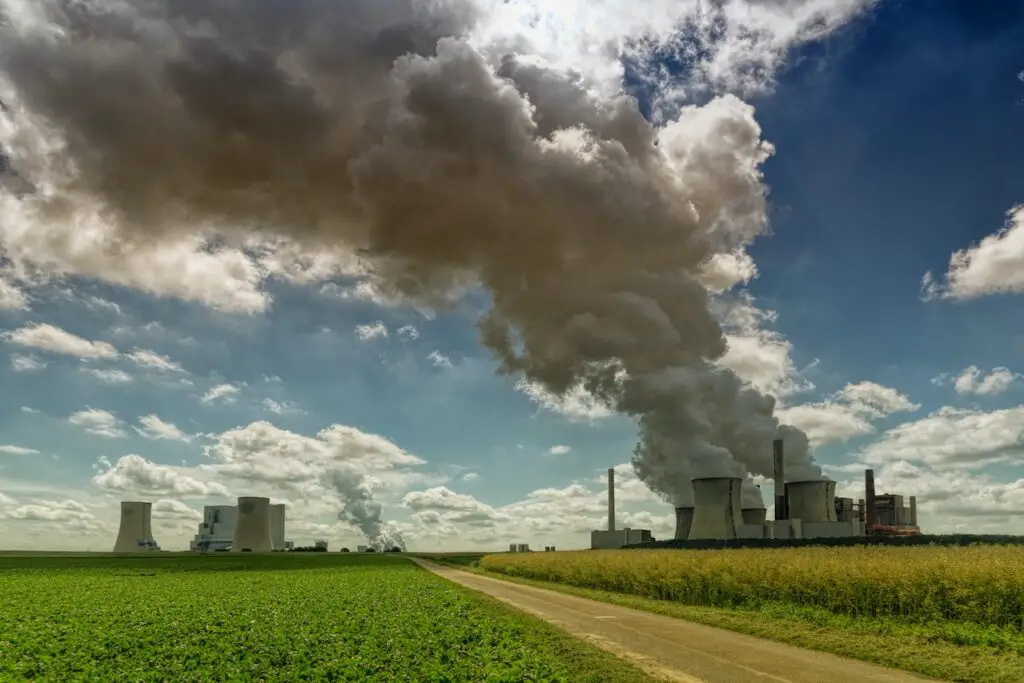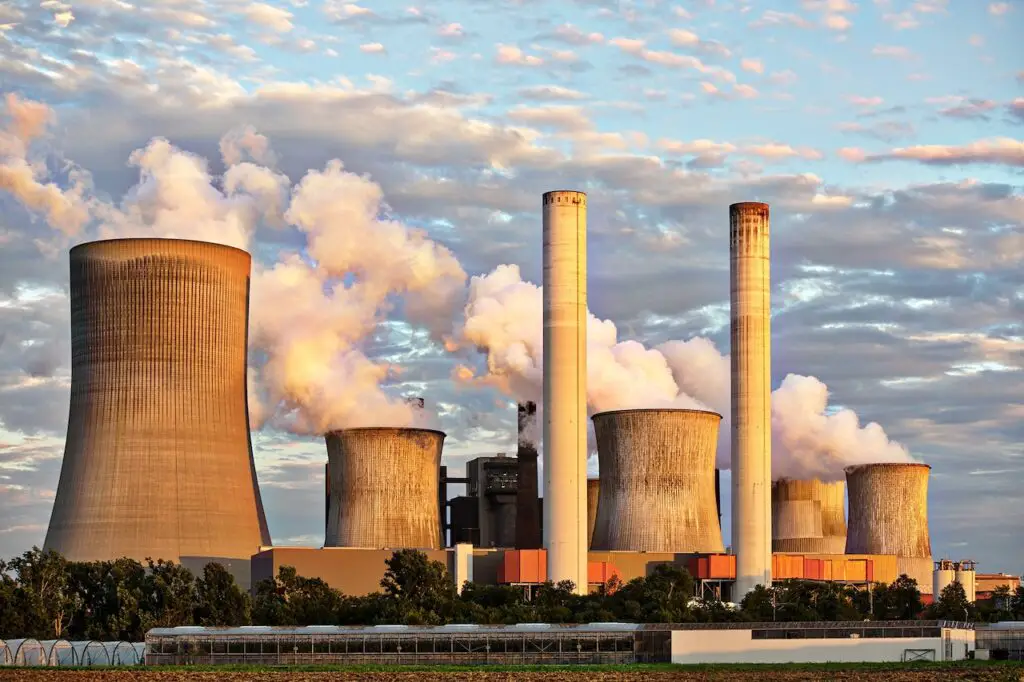Net zero is a term that has been gaining popularity in recent years as countries and corporations around the world make commitments to reduce their greenhouse gas emissions. But what does it actually mean? Simply put, net zero refers to the balance between the amount of greenhouse gas (GHG) that’s produced and the amount that’s removed from the atmosphere. Achieving net zero emissions is seen as a critical step in limiting global warming and avoiding the worst impacts of climate change.
While the concept of net zero may seem straightforward, achieving it is a complex process that requires significant changes in the way we produce and consume energy. This includes transitioning to renewable energy sources, improving energy efficiency, and implementing carbon capture and storage technologies. It also involves reducing emissions from sectors such as transportation, agriculture, and industry, which have traditionally been difficult to decarbonize.
As the urgency of addressing climate change continues to grow, the concept of net zero is becoming increasingly important. Many countries and corporations have set ambitious targets to achieve net zero emissions in the coming decades, and the pressure is on to take bold action to reduce our impact on the planet. But while the goal of net zero is clear, the path to get there is still being defined, and it will require collaboration and innovation across sectors to make it a reality.

Defining Net Zero
Net zero refers to a state in which the greenhouse gases going into the atmosphere are balanced by removal out of the atmosphere. This means that the amount of greenhouse gases produced is equal to the amount removed from the atmosphere. The term “net zero” is important because it is the state at which global warming stops, at least for CO2. The Paris Agreement underlines the need for net zero to limit global warming to well below 2°C above pre-industrial levels and to pursue efforts to limit the temperature increase to 1.5°C above pre-industrial levels.
Net zero can be achieved through a combination of emission reduction and emission removal. Emission reduction involves reducing the amount of greenhouse gases produced by human activities, such as burning fossil fuels for energy or transportation. Emission removal involves removing greenhouse gases from the atmosphere, such as through afforestation or reforestation, carbon capture and storage, and other technologies.
Net zero is not just about reducing carbon emissions. It is also about conserving water, reducing energy use, and eliminating solid waste to improve the environment, save money, and help communities become more sustainable and resilient. The US EPA is developing and implementing Net Zero strategies, approaches, and technologies to achieve this goal.
Benefits of Achieving Net Zero
Net zero refers to the balance between the amount of greenhouse gases produced and the amount removed from the atmosphere. Achieving net zero has several benefits, including:
- Lower energy costs: Reducing greenhouse gas emissions usually involves reducing energy use, which can lead to lower energy costs.
- Improved air quality: By reducing the amount of fossil fuels burned, achieving net zero can lead to improved air quality, which can have significant health benefits.
- Reduced dependence on fossil fuels: Achieving net zero requires a shift away from fossil fuels and towards renewable energy sources, which can reduce dependence on foreign oil and increase energy security.
- Increased resilience to climate change: Achieving net zero can help reduce the severity of regional hydrometeorological events such as drought and flooding due to heavy rainfall.
- Boosted reputation: Businesses that embrace net zero can improve their reputation and appeal to environmentally conscious consumers.
- Reduced costs: By reducing energy use and transitioning to renewable energy sources, businesses can also reduce their operating costs.
Overall, achieving net zero can have significant benefits for both the environment and businesses. By reducing greenhouse gas emissions and transitioning to renewable energy sources, we can create a more sustainable future for ourselves and future generations.
Challenges in Achieving Net Zero
Transitioning to a net-zero world is one of the greatest challenges humankind has faced. It calls for nothing less than a complete transformation of how we produce, consume, and move about. Here are some of the challenges that must be overcome to achieve net-zero emissions:
- Decarbonization of Energy Sector: To achieve net-zero emissions by 2050, the energy sector must decarbonize at an unprecedented pace. This requires a significant shift towards renewable energy sources such as solar, wind, and hydropower. However, the deployment of zero-carbon energy technologies must not cause significant increases in energy prices and declines in energy access.
- Transportation: Transportation is responsible for a significant portion of global emissions. The transition to electric vehicles and other low-carbon transportation options is essential to achieving net-zero emissions. However, the infrastructure required to support electric vehicles, such as charging stations, must be developed and expanded.
- Industry: Heavy industry, such as steel and cement production, is responsible for a large share of global emissions. Achieving net-zero emissions will require the development and deployment of new technologies and processes to reduce emissions from these industries.
- Agriculture: Agriculture is responsible for a significant portion of global emissions, primarily through livestock farming and fertilizer use. Achieving net-zero emissions will require changes in farming practices and the development of new technologies to reduce emissions.
- Behavioral Change: Achieving net-zero emissions will require significant changes in individual behavior, such as reducing meat consumption, using public transportation, and reducing energy consumption. Encouraging and incentivizing these behavioral changes will be a significant challenge.
Reaching net-zero on a global scale means getting governments, businesses, and other institutions on the same page. On a planet of close to eight billion people and with a plethora of different challenges facing each country, this is much easier said than done. However, the challenges of achieving net-zero emissions are not insurmountable. With the right policies, technologies, and incentives, it is possible to achieve a net-zero future and avoid the worst impacts of climate change.
Strategies for Achieving Net Zero
Renewable Energy Sources
One of the most effective ways to achieve net zero is by transitioning to renewable energy sources. This includes solar, wind, geothermal, and hydroelectric power. By using these sources, we can reduce our reliance on fossil fuels and decrease our carbon emissions. In addition, renewable energy sources are becoming more affordable and accessible, making it easier for individuals and businesses to make the switch.
Renewable energy sources are also becoming more efficient. For example, advances in solar panel technology have made them more effective at capturing and converting sunlight into usable energy. Additionally, wind turbines are becoming larger and more powerful, allowing them to generate more energy with fewer turbines.
Energy Efficiency Measures
Another important strategy for achieving net zero is through energy efficiency measures. This includes reducing energy waste in buildings, transportation, and industry. For example, buildings can be designed to be more energy efficient by using better insulation, efficient lighting, and smart thermostats. Transportation can be made more efficient by using public transportation, electric vehicles, or carpooling. Industry can reduce energy waste by optimizing production processes and using energy-efficient equipment.
Energy efficiency measures not only reduce carbon emissions, but they also save money by reducing energy costs. For example, a building with efficient lighting and insulation will require less energy to heat and cool, resulting in lower energy bills.
Carbon Offsetting
Finally, carbon offsetting is another strategy for achieving net zero. Carbon offsetting involves investing in projects that reduce or remove carbon emissions from the atmosphere. This can include reforestation projects, renewable energy projects, or energy efficiency projects in developing countries.
Carbon offsetting can be a useful tool for individuals and businesses who are unable to reduce their own emissions to zero. By investing in carbon offsetting projects, they can offset their own emissions and contribute to global efforts to reduce carbon emissions.
Conclusion
Reaching net zero emissions is a crucial goal for mitigating the effects of climate change. It means removing an equal amount of CO2 from the atmosphere as we release into it, achieving a balance that can be sustained over time. This is a complex task that requires a combination of strategies, including emission reduction and removal.
Fortunately, there are many solutions available today that can help us achieve net zero emissions. These include transitioning to renewable energy sources, improving energy efficiency, electrifying transportation, and implementing carbon capture and storage technologies. In addition, there are many policies and initiatives underway that are aimed at reducing greenhouse gas emissions and promoting sustainable practices.
However, there is still much work to be done to achieve net zero emissions. It will require a concerted effort from governments, businesses, and individuals around the world. We must continue to innovate and invest in clean energy technologies, while also making changes to our daily lives to reduce our carbon footprint. By working together, we can create a sustainable future for ourselves and future generations.




